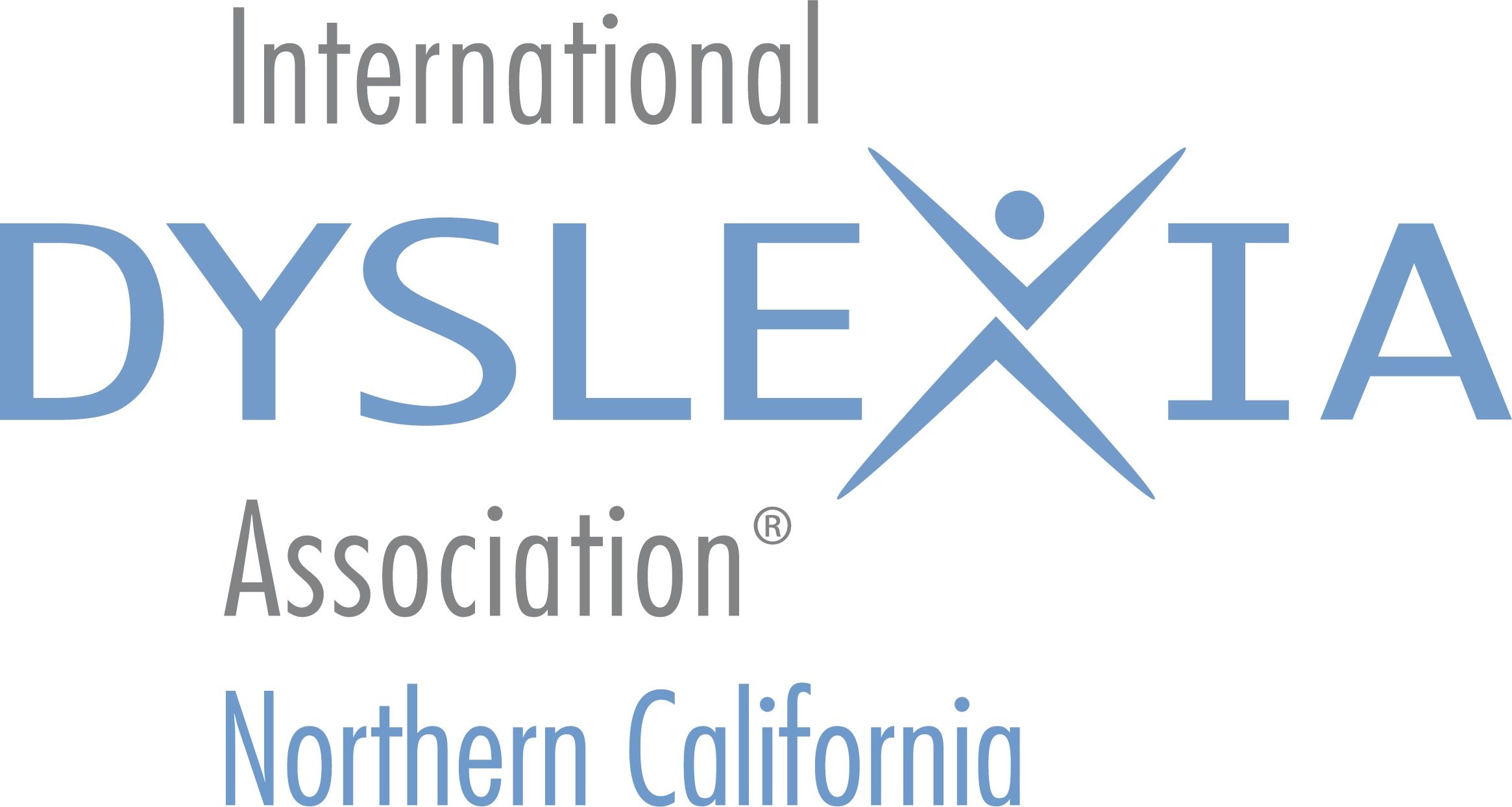Dyslexia Guidelines from California Department of Education
 IDA Northern California’s 10 important-to-know highlights from the newly released dyslexia guidelines from the California Department of Education
IDA Northern California’s 10 important-to-know highlights from the newly released dyslexia guidelines from the California Department of Education
- The use of the word dyslexia to identify students is encouraged.
- The neurological basis of dyslexia is recognized and explored.
- Acknowledgement is given to research findings that show changes to brain function can occur in response to intervention, especially in young children.
- Symptoms of dyslexia in different age groups are documented, providing parents and teachers with a checklist of behaviors that may indicate dyslexia.
- Universal screening of all students from kindergarten on is encouraged, to provide early identification of students who have signs of dyslexia.
- Schools are encouraged to assess students whose academic struggles indicate they may have dyslexia early, rather than wait until they fall far behind their peers.
- Educational services for students with dyslexia are recommended that are evidence-based, multisensory, direct, explicit, structured, and sequential. School districts and preservice programs are encouraged to train teachers in some method of Structured Literacy, a term used to describe any of the known programs that follow these principles.
- Acknowledgement is given that most students with dyslexia do not need special education, but instead need good, research-based, explicit instruction in the classroom, along with accommodations to help them access the curriculum. Nevertheless, students with dyslexia may qualify for either IEPs or 504 Plans.
- Students with high IQ who are not reading up to expected standards can be identified as having dyslexia.
- There is a great need to do more to help identify English Language Learners who might have dyslexia, as that demographic makes up a large number of students in California schools.
Share this page with your friends…













